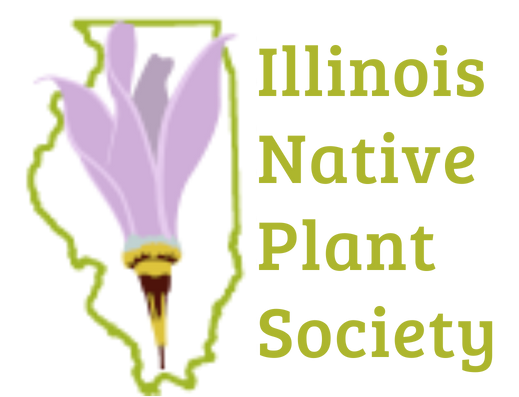A note from Horn Prairie
We had a fantastic year at the Horn Prairie with abundant rainfall all summer long. The entire 40 acre site was burned in March of 2019, and the prairie ALWAYS blooms better after a good burn. We hosted two prairie tours for INPS this past season with great turn out both times. We were very pleased to see so many nice folks show up to enjoy the sights. Lois Fox organized each tour and she did a great job, as usual. I recently sent Lois some seed from six species from our prairie for growing and selling at the annual INPS plant sale (May 9, 2020). Hope she has good results with the seed! We also noticed many more monarchs this year. I hope that is a good indicator for their populations. (See the many beautiful photos!)
Bill McClain has been doing research at our prairie. We found several new plant species again this season. Our current species total is 548. If you add in the 22 species that we have added since purchasing the prairie land, our total is 570! An example of a plant that we introduced at the prairie is Royal Catchfly. This past season, we had 9 of these plants in bloom. They are such a vivid red and just a wonderful, lovely plant!
Now, I miss seeing the prairie– all the vivid colors from early spring through fall. Every year, it just seems to go by so quickly. First, the Shooting Stars start blooming. Then suddenly the Blazing Stars are in bloom by the thousands! Finally, the asters. And then… winter! The prairie is sleeping as I type this, and after a long winter’s nap, with the warm spring temperatures, the lovely wildflowers will start another season of spectacular colors and beauty. I can’t wait!!! I hope the prairie photos will warm the heart and minds a little over this winter!
(Click on a photo to view larger image)
Horn Prairie, located in Fayette County, Illinois, features 40 acres of savanna prairie, a part of the Southern Till Plain. Of this, 29 acres are untouched, virgin savanna prairie that has never been plowed or tilled. All underground water veins, seeps, springs, fens, etc, are still intact in this prairie. This tract is likely the largest intact piece of this type of prairie ecosystem in the state. In 2009, the land was placed in the current Land Water Reserve and now is completely protected from development and farming. The privately owned site is a favorite Central Chapter field trip destination!





















